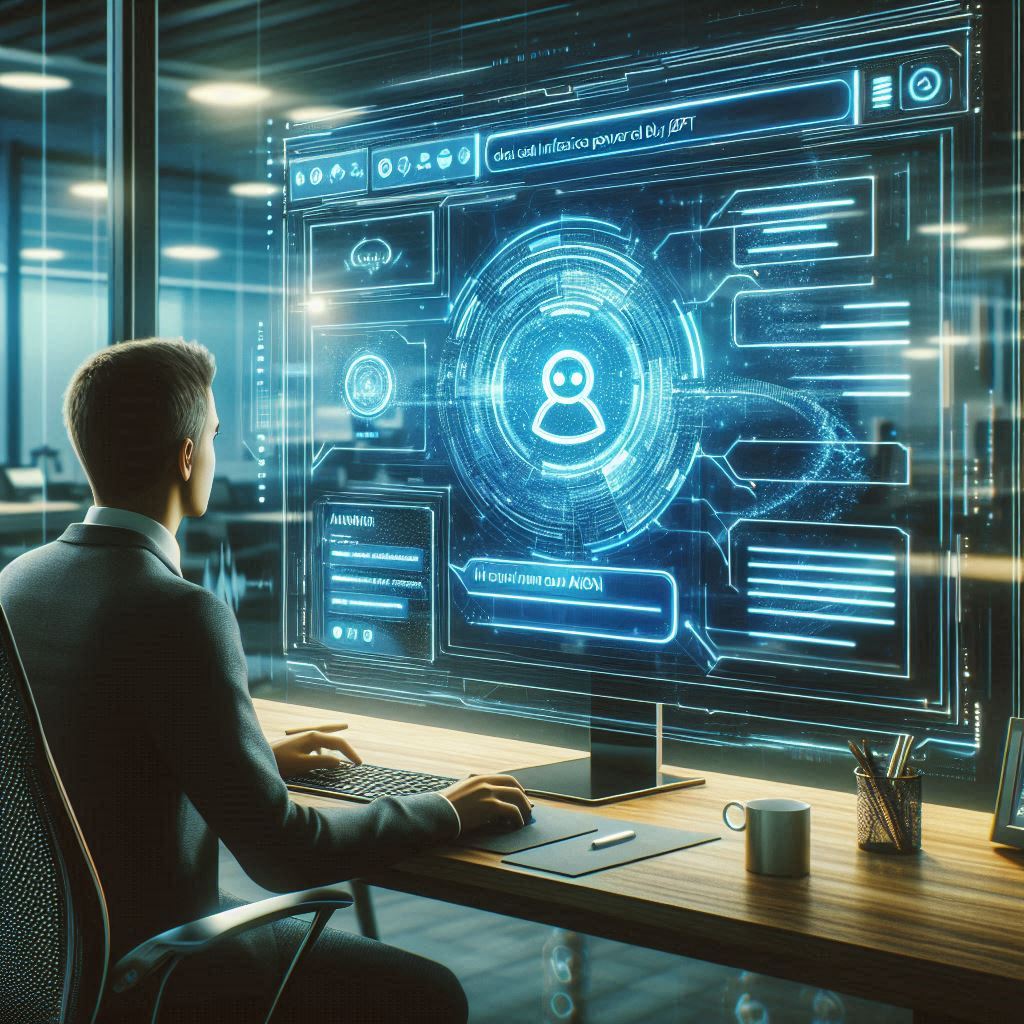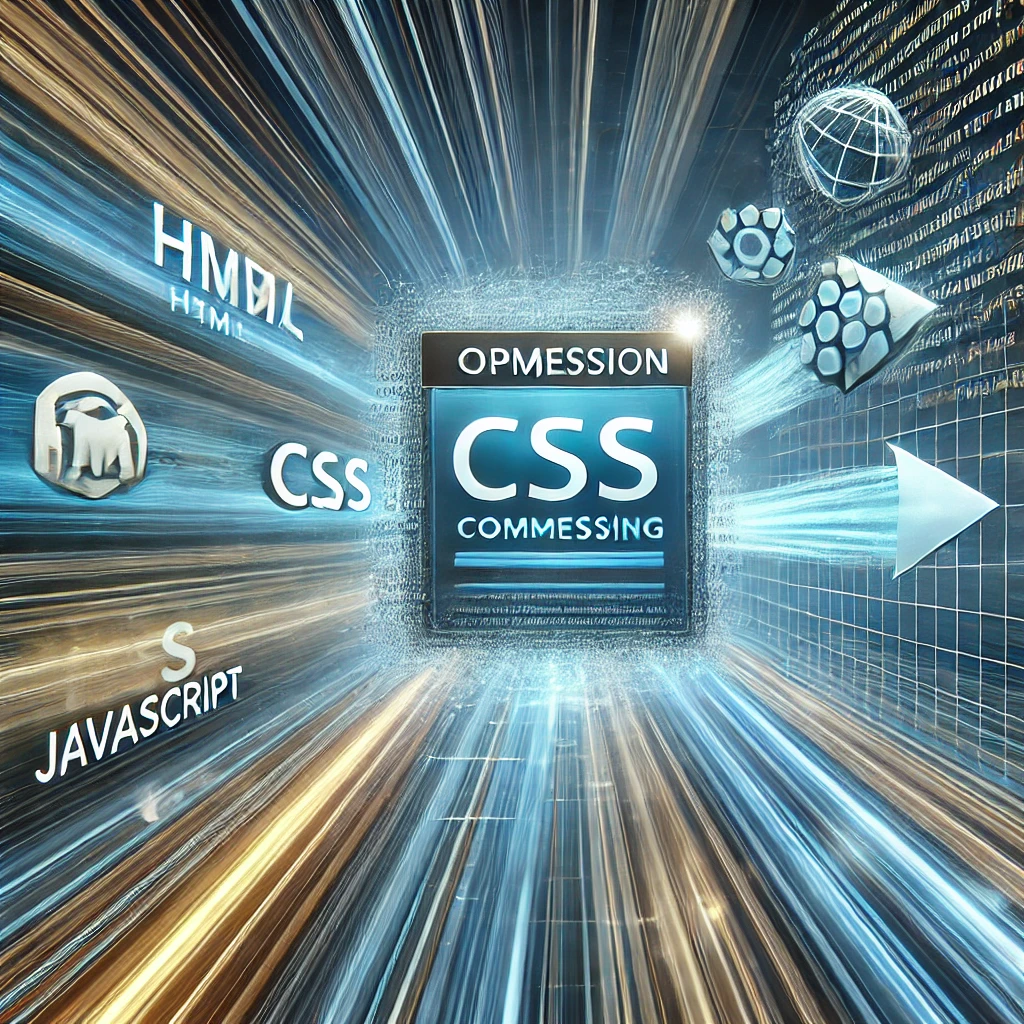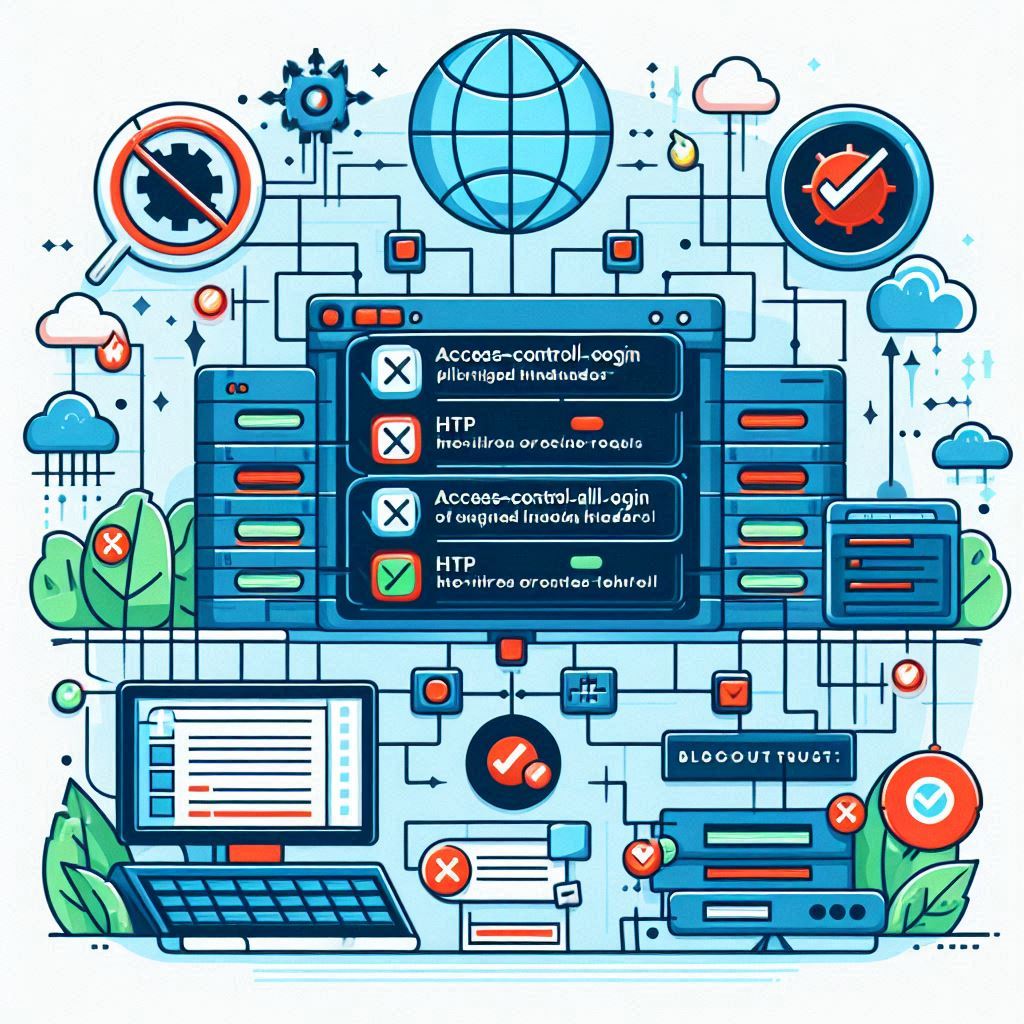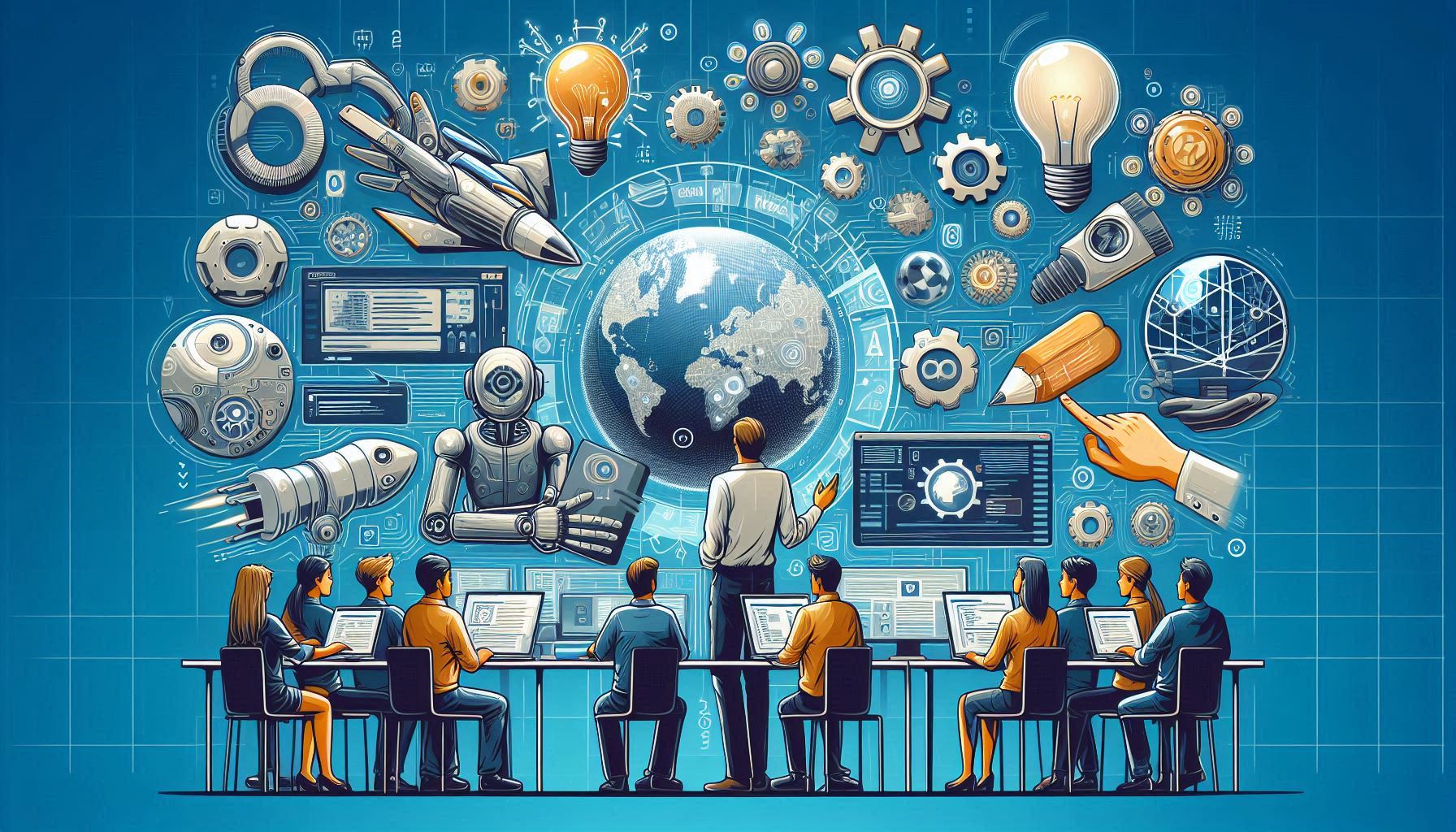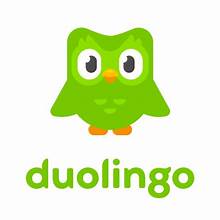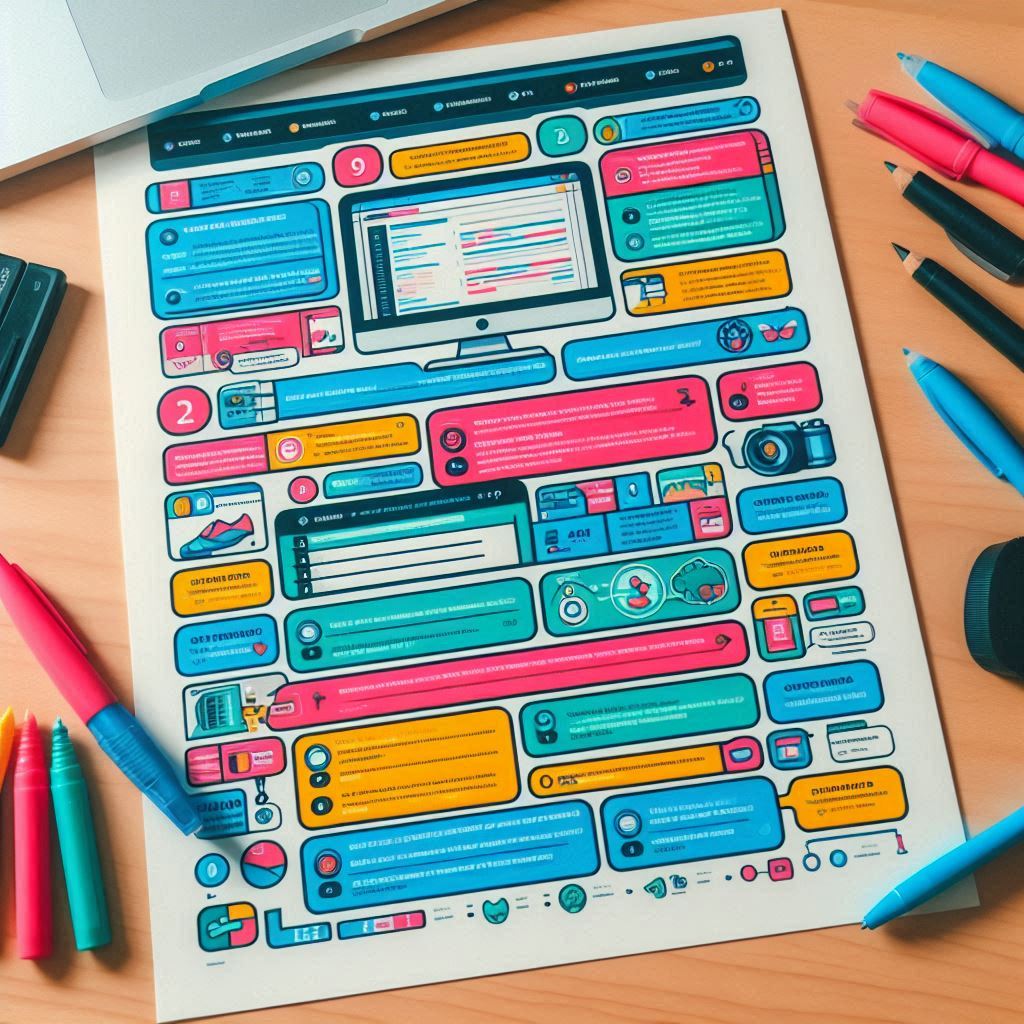Introduction
ChatGPT is a game-changing AI chatbot created by OpenAI built on the GPT (Generative Pre-trained Transformer) framework. It has caused a revolution in human-machine interactions by allowing more natural, captivating, and context-aware conversations. This blog post will look at what ChatGPT is how it operates, and where it can be used.
Understanding GPT
To grasp ChatGPT, you need to know about the GPT framework. GPT is a transformer model that uses deep learning to create text that sounds human. OpenAI researchers introduced it in a paper, and it has gone through several updates, with GPT-4 being the newest and most sophisticated version.
The Evolution of GPT Models
GPT-1: The first version of GPT set the stage by bringing in the idea of training without supervision then fine-tuning with supervision.
GPT-2: This update made the model bigger and better showing it could create text that made sense and fit the context even for longer pieces.
GPT-3: With 175 billion parts, GPT-3 became the top language model at the time. It could handle many different language tasks with just a bit of fine-tuning.
GPT-4: The newest version builds on what came before, with better performance, understanding, and awareness of context.
What is ChatGPT?
ChatGPT is a special version of the GPT-4 model tweaked to create conversational text. It has the ability to grasp and answer user inputs in a way that sounds like human talk. This skill makes ChatGPT a great tool to use in many areas such as helping customers, acting as a virtual helper, and making content.
How Does ChatGPT Work?
ChatGPT works by guessing the next word in a line based on the words that came before it. Here’s a simple breakdown of how it works:
Training from Scratch: The AI learns language basics general knowledge, and some logical thinking by studying tons of online text.
Tweaking: The AI gets extra practice with special conversation data guided by humans following rules. This helps make its answers better for chatting.
Handling Questions: When someone asks something, the AI reads it, gets the point, and comes up with an answer by guessing what words should come next.
What Makes ChatGPT Special
Smart Conversations: ChatGPT remembers what you’ve been talking about so your chats make sense and feel real.
Flexibility: ChatGPT tackles many subjects and questions, from giving facts to writing .
Growth potential: You can add ChatGPT to different platforms and apps, from websites to phone apps, to make them better for users.
Ways to Use ChatGPT
Help for Customers: ChatGPT can answer questions, give info, and even fix problems, which means human workers have less to do.
Digital Helpers: Lots of businesses use ChatGPT to power digital helpers that assist users with jobs, reminders, and finding information.
Making Content: People who write and market use ChatGPT to come up with ideas, write drafts, and even create whole articles or social media posts.
Learning Tools: ChatGPT helps to build interactive tools for learning that give students help and feedback right away.
Moral Questions
ChatGPT brings many advantages, but it also stirs up ethical worries. These include questions about privacy false information, and the chance of people using it . OpenAI has put rules and safety steps in place to lessen these dangers, but staying watchful and thinking about ethics is still key.
Conclusion
It is a major step forward in AI, one that gets us closer to the ultimate experience of humans talking with computers. Aside from being able to generate text, it is now the technology that could understand human like text which then lead up to different use-cases within various industries. This may change as we improve upon this technology, however for now there is no shortage of things that ChatGPT could be put to use doing in a digital world.

